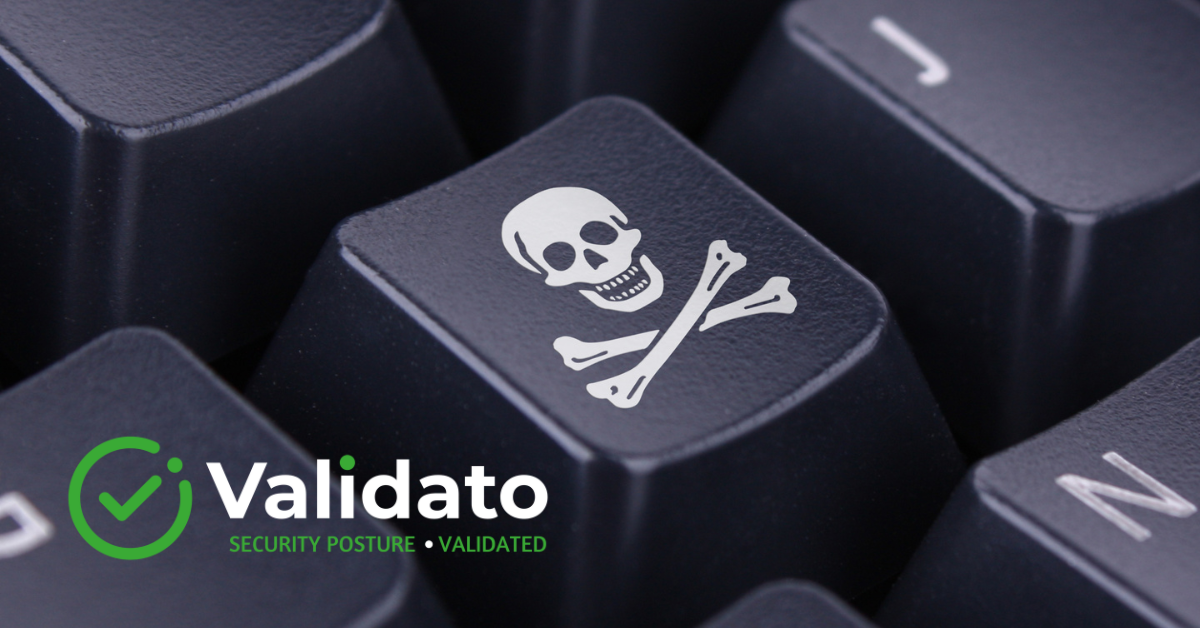The Evolution of Security: Continuous Threat Exposure Management
As cyber threats evolve in sophistication and frequency, traditional point-in-time security assessments no longer provide adequate protection. Forward-thinking organisations are now adopting more dynamic approaches, with Continuous Threat Exposure Management (CTEM) emerging as a vital component of modern security programmes. This methodology enables security teams to identify, prioritise, and remediate vulnerabilities before attackers exploit them.
Key Takeaways
- CTEM transforms security from reactive to proactive through continuous validation
- Implementation helps meet regulatory requirements for NIS2, DORA, and UK CSRA
- The MITRE ATT&CK framework provides the foundation for effective CTEM implementation
- CTEM exposes security gaps including misconfigurations and excessive privileges
- Well-implemented CTEM delivers measurable ROI through reduced breach risk
Understanding how CTEM fits into your cybersecurity strategy is essential for building effective defence capabilities in today’s threat landscape.
What is CTEM and Why Does It Matter?
Continuous Threat Exposure Management (CTEM) is a systematic approach to identifying, assessing, prioritising, and remediating security exposures across an organisation’s attack surface. Unlike traditional approaches with periodic assessments, CTEM establishes an ongoing process of security controls validation that better reflects the persistent nature of modern threats.
CTEM matters because it fundamentally shifts security from reactive to proactive posture. By continuously validating controls against real-world attack techniques, organisations can address vulnerabilities before attackers exploit them.
Core CTEM Elements
- Continuous validation vs. point-in-time assessments
- Prioritisation based on actual threat intelligence
- Validation against real-world attack techniques
- Measurement of security control effectiveness over time
How CTEM Aligns with Regulatory Requirements
| Regulation | Requirements | How CTEM Supports Compliance |
|---|---|---|
| NIS2 | Risk management measures and incident reporting | Provides evidence of continuous security validation and vulnerability management |
| DORA | Robust ICT risk management frameworks | Aligns with requirements for ongoing assessment and testing of digital operational resilience |
| UK CSRA | Enhanced security controls for telecom providers | Enables regular assessment and continual enhancement in response to evolving risks |
Integrating MITRE ATT&CK into Your CTEM Strategy
The MITRE ATT&CK framework serves as the foundation for effective CTEM implementation. This comprehensive knowledge base documents the tactics, techniques, and procedures (TTPs) used by adversaries, providing a common language for describing attack behaviours.
By mapping security controls to specific ATT&CK techniques, organisations can develop a threat-informed defense that focuses resources on mitigating the most relevant threats. This mapping process enables security teams to:
- Identify gaps in detection and prevention capabilities
- Prioritise security investments based on actual threat patterns
- Validate security control effectiveness against specific attack techniques
- Communicate security posture in business-relevant terms
Common Security Gaps Exposed by CTEM
CTEM processes frequently identify security gaps that traditional tools miss:
| Environment | Common Vulnerabilities |
|---|---|
| Windows | Weak password policies, unnecessary services, improperly configured Group Policy settings |
| Linux | Permission issues, inadequate logging configurations, unpatched services |
| Mac | Insufficient application controls, unmanaged security settings |
| Cross-Platform | Excessive privileges, inconsistent security control coverage |
Implementing CTEM Across Diverse Environments
Effective CTEM implementation must account for the unique characteristics of different computing environments:
- Windows Environments: Focus on Active Directory configurations, Group Policy settings, and endpoint protection mechanisms
- Linux Environments: Attention to user permissions, service configurations, and network controls
- Mac Environments: Focus on application whitelisting, system integrity protection, and credential management
- Cloud Environments: Address shared responsibility models, identity and access management, network security groups, and service-specific settings
Each environment requires security controls validation tailored to its specific attack vectors and security mechanisms.
Measuring the ROI of Your CTEM Program
A well-implemented CTEM programme delivers measurable ROI through several key benefits:
- Reduced time to detect and respond to security issues
- Decreased vulnerability to attacks due to proactive remediation
- Improved efficiency in security spending by focusing on actual security gaps
- Enhanced compliance posture with continual validation evidence for auditors
The cost savings from CTEM come primarily from preventing breaches (avoiding financial and reputational damage) and optimising security investments to address actual rather than theoretical risks.
Building a Threat-Informed Defense with CTEM
CTEM data provides the foundation for building a truly proactive, threat-informed security programme. By continuously validating security controls against real-world attack techniques, organisations can move beyond reactive approaches to anticipate and prevent attacks.
Leveraging CTEM Data
- Identify patterns in security control effectiveness
- Anticipate emerging threats based on observed attack technique evolution
- Develop targeted security improvements for specific threat scenarios
- Create security roadmaps that prioritise investments based on threat relevance
The result is a security programme that continuously adapts to the changing threat landscape, focusing resources where they provide the most protection against relevant threats, enabling organisations to stay ahead of adversaries rather than constantly reacting to successful attacks.
If you’re interested in learning more, contact our expert team today.


